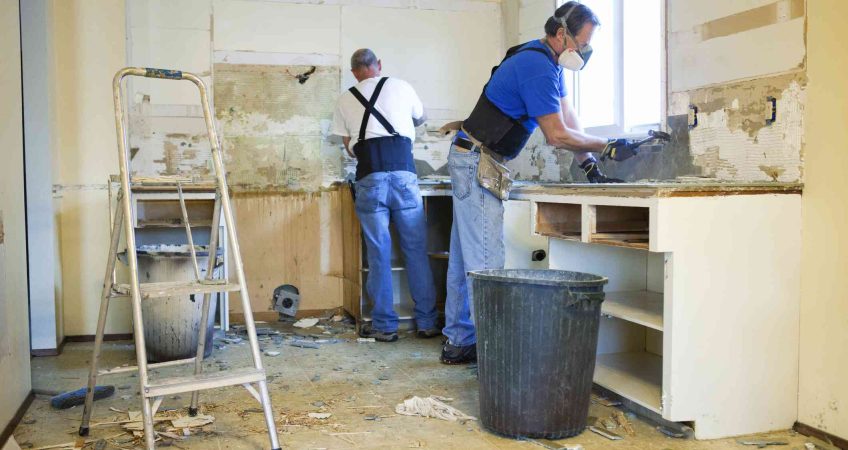As homeowners, we have the power to make eco-friendly choices that not only benefit the environment but also our wallets. Energy-efficient home remodeling is an excellent way to reduce your carbon footprint and lower your utility bills. In this guide, we’ll explore eco-friendly upgrades that can help you renew, refresh, and reimagine your living space while contributing to a greener future.
1. Efficient Insulation
When it comes to energy-efficient home remodeling, start with insulation. Proper insulation in your walls, attic, and floors can significantly reduce heat loss in the winter and keep your home cooler in the summer. Look for eco-friendly insulation options like recycled materials or soy-based foam.
2. High-Performance Windows
Upgrading to energy-efficient windows is a smart move. Double or triple-pane windows with low-emissivity coatings and insulated frames can better regulate indoor temperatures and reduce the need for heating and cooling. This not only saves energy but also enhances comfort.
3. LED Lighting
Replacing traditional incandescent bulbs with energy-efficient LED lighting can lead to substantial energy savings. LED bulbs are not only more energy-efficient but also have a longer lifespan, reducing the frequency of replacements.
4. Energy-Efficient Appliances
When remodeling your kitchen or laundry room, consider replacing old appliances with energy-efficient models that carry the ENERGY STAR label. These appliances use less energy and water, helping you reduce utility costs and conserve resources.
5. Solar Panels
One of the most impactful eco-friendly upgrades is the installation of solar panels. Solar energy systems generate clean, renewable energy from sunlight, reducing your reliance on traditional energy sources and potentially providing you with energy bill savings or even income from excess energy production.
6. Efficient HVAC Systems
Your heating, ventilation, and air conditioning (HVAC) system plays a significant role in your home’s energy consumption. Consider upgrading to a high-efficiency HVAC system with programmable thermostats. Proper maintenance and regular filter changes are also essential to keep your system running efficiently.
7. Water-Saving Fixtures
Bathroom and kitchen remodels offer an opportunity to install water-saving fixtures such as low-flow faucets, showerheads, and dual-flush toilets. These fixtures reduce water wastage and lower your water bills.
8. Sustainable Materials
Choose sustainable and eco-friendly building materials for your remodeling projects. Bamboo, reclaimed wood, recycled glass, and recycled metal are examples of materials that are both stylish and environmentally responsible.
9. Smart Home Technology
Invest in smart home technology to optimize energy usage. Smart thermostats, lighting controls, and home automation systems allow you to monitor and adjust energy consumption according to your needs, even when you’re away from home.
10. Conduct an Energy Audit
Prior to beginning your energy-efficient home remodeling project, consider conducting an energy audit. Professional auditors can assess your home’s energy efficiency and recommend specific improvements tailored to your needs and budget.
In conclusion, energy-efficient home remodeling isn’t just a trend; it’s a responsible choice that benefits both your quality of life and the planet. By incorporating eco-friendly upgrades and practices into your remodeling projects, you can renew, refresh, and reimagine your living space while reducing your environmental impact and saving money in the long run.
For more information, contact us through our locations in West Hills, CA, and Pasadena, CA.

